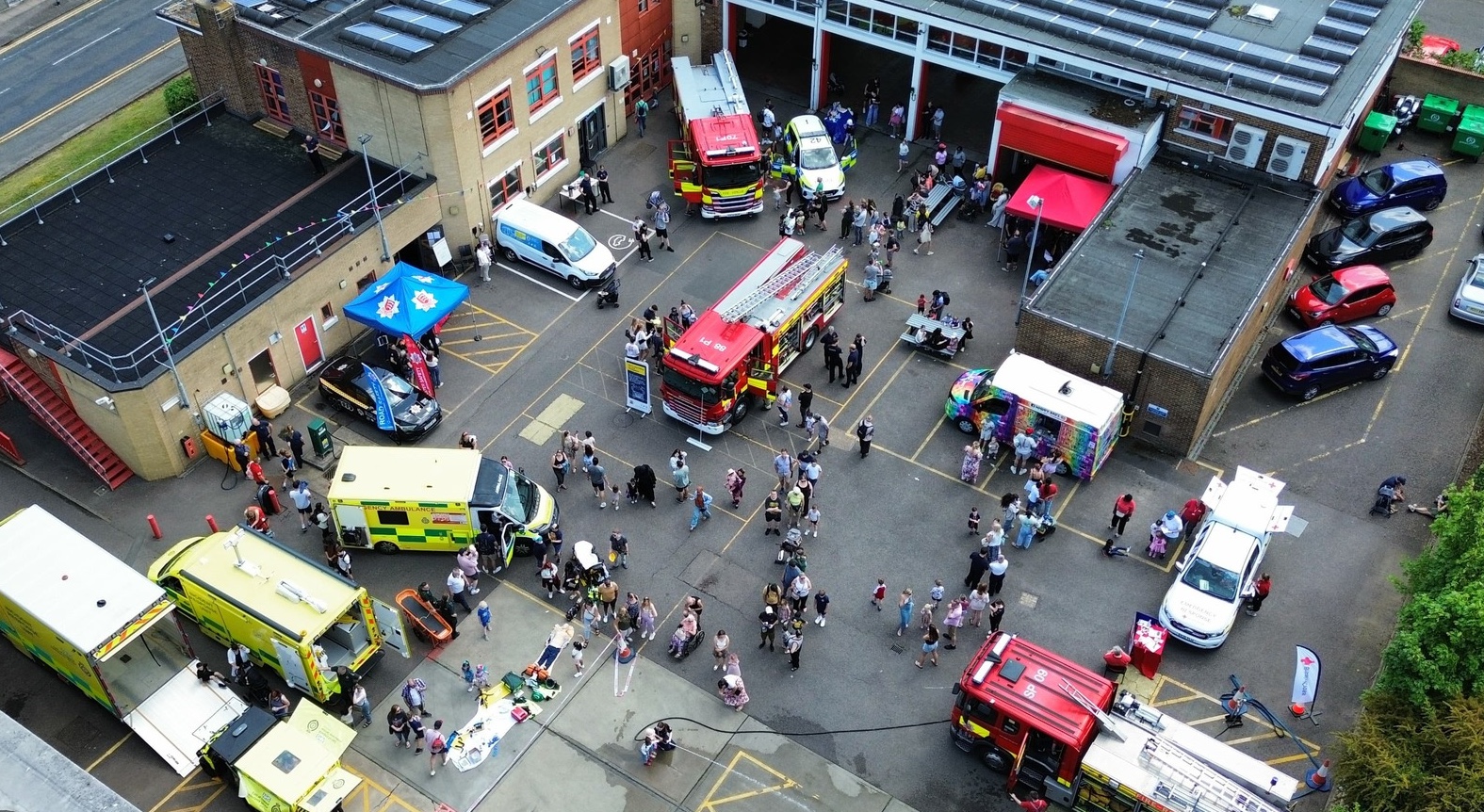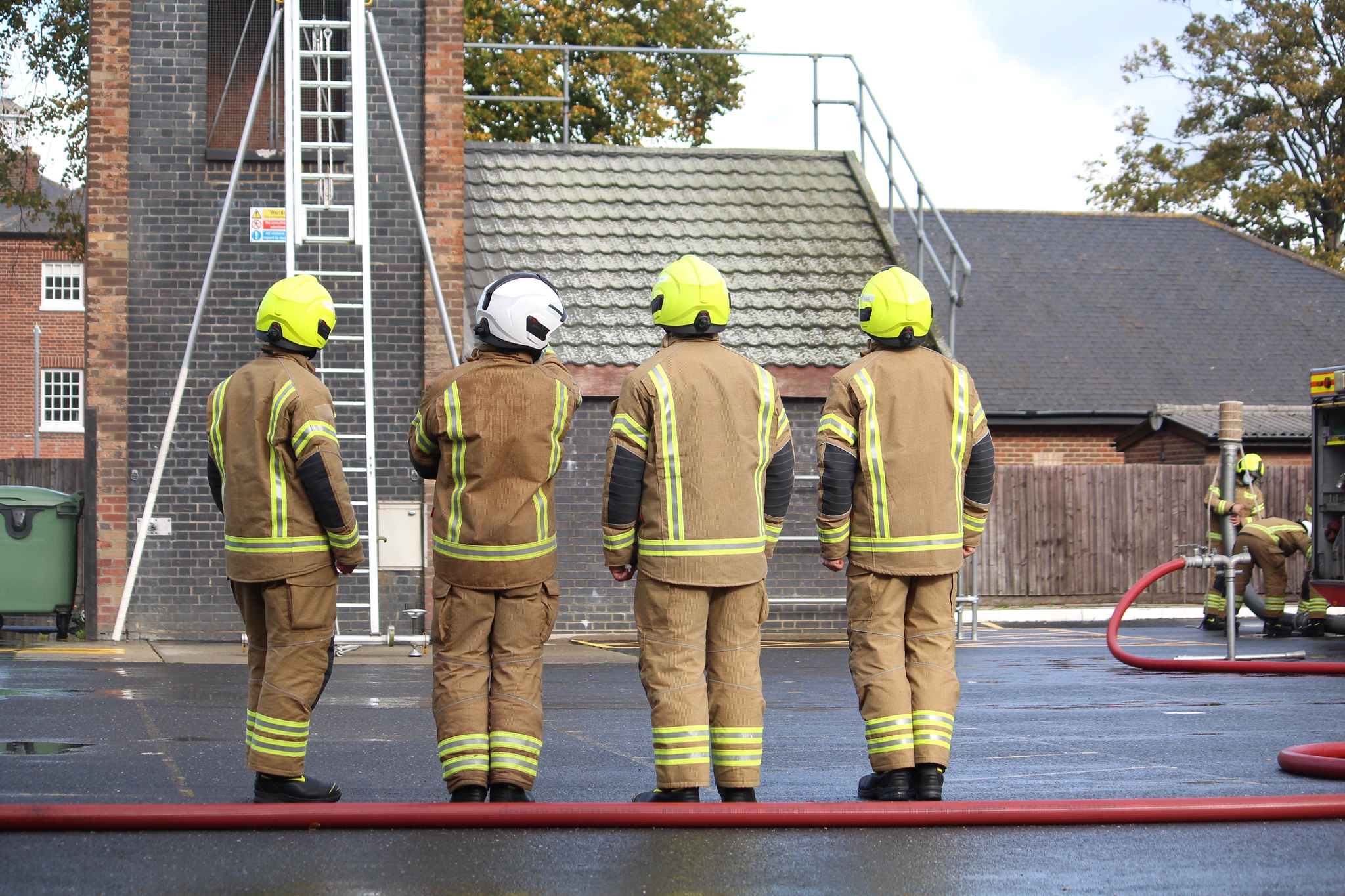
Ranks and roles in the Service
Firefighters and officers wear helmets at incidents and shoulder markings on their uniforms (known as epaulettes) to show their rank. This makes it easier to identify each other and who is in command. The markings are known as:
- bars (look like lines or stripes)
- impellers (the rotating part of a firefighting pump)
- wreaths.
Helmets and epaulettes explained
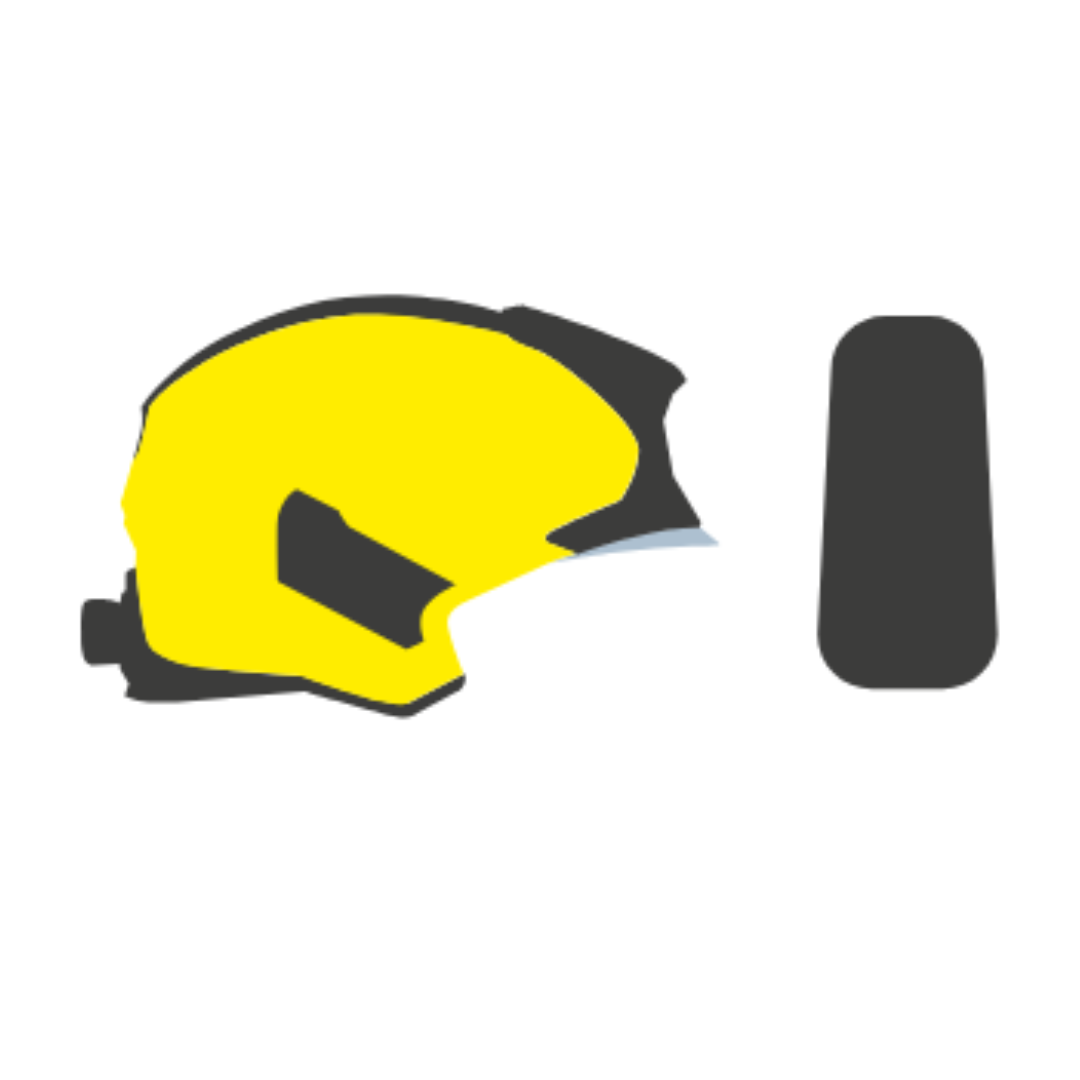
Firefighters
Firefighters attend incidents and undertake fire safety work with the public. They wear yellow helmets and have plain epaulettes.
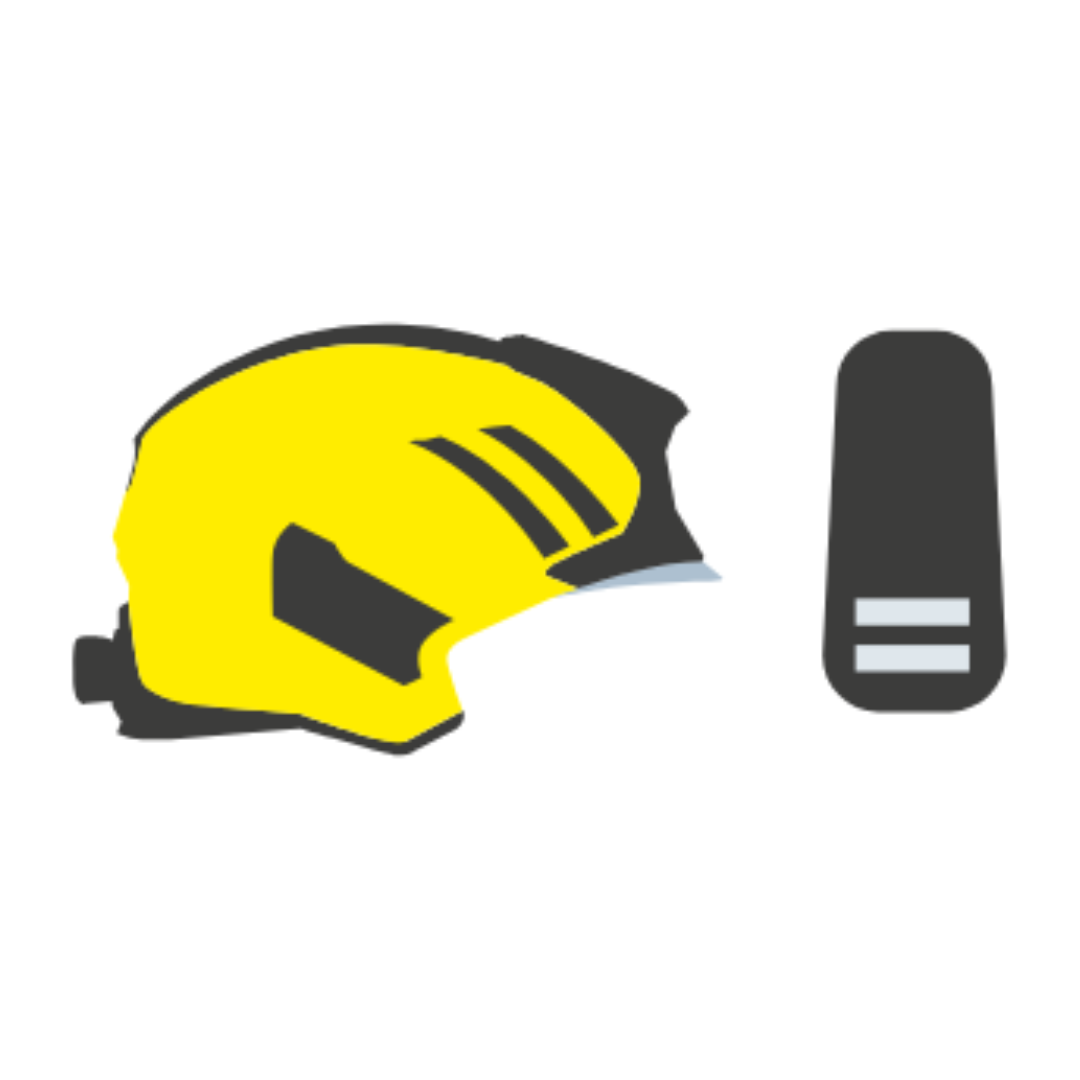
Crew Manager
Crew managers are in charge of the crew and the fire appliance. They wear a yellow helmet with two bars and have two bars on their epaulettes.
Other duties:
- they deputise for the Watch Manager
- they attend incidents and do fire safety work
- they take command of small-scale incidents
- they can have specialist duties, such as training.
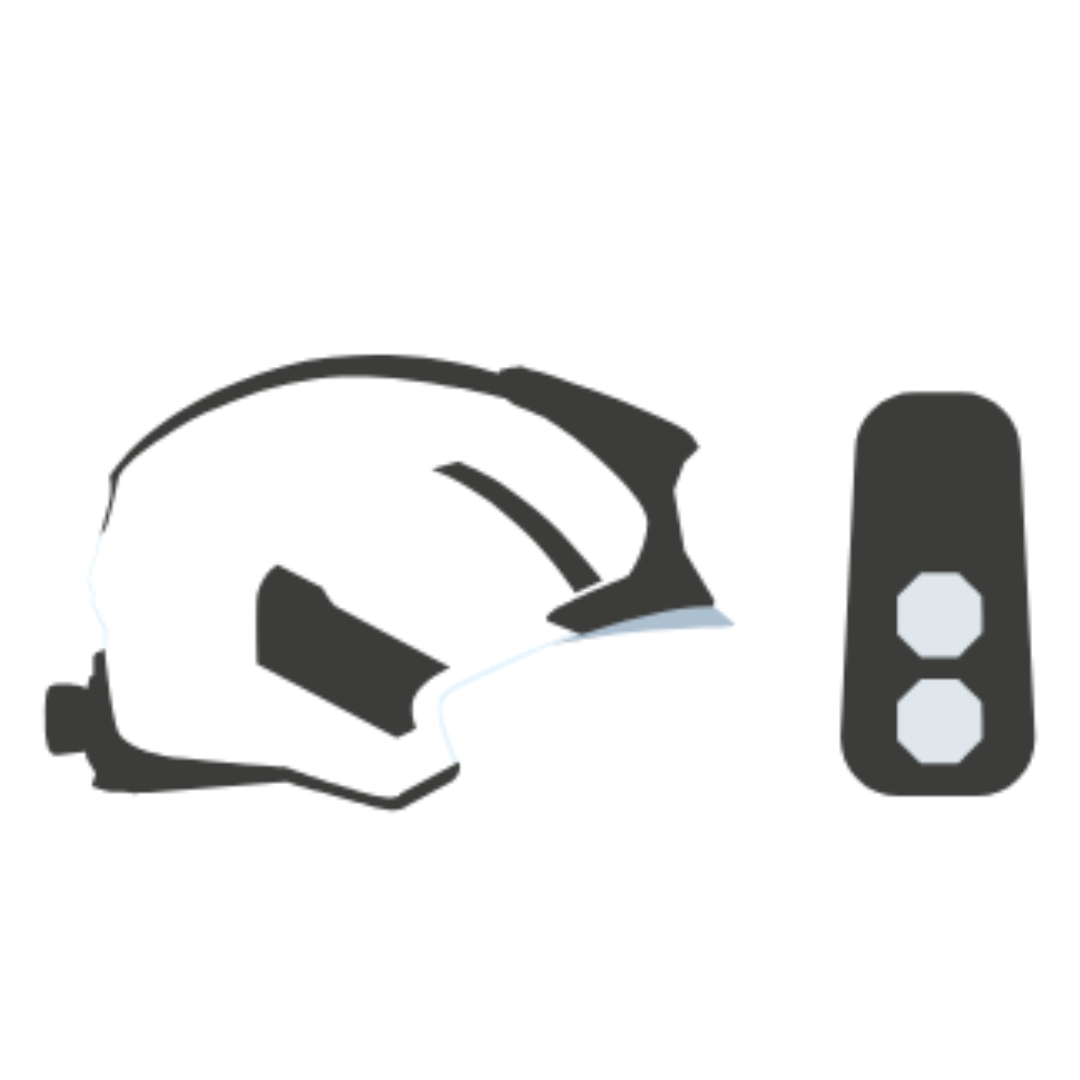
Watch Manager
Watch Managers lead a number of small teams at larger incidents. They wear a white helmet with a narrow bar and have two impellers on their epaulettes.
Other duties:
- they can be in charge of the watch at larger fire stations
- they attend incidents and do day-to-day firefighting and fire safety work
- they might work in policy areas
- they can have specialist duties.

Station Manager
Station Managers are responsible for an area of work across a group of fire stations. They wear a white helmet with a broad bar and have three impellers on their epaulettes.
Other duties include:
- day-to-day work in a specific policy area
- taking charge of large-scale incidents
- having a specialist role at an incident.
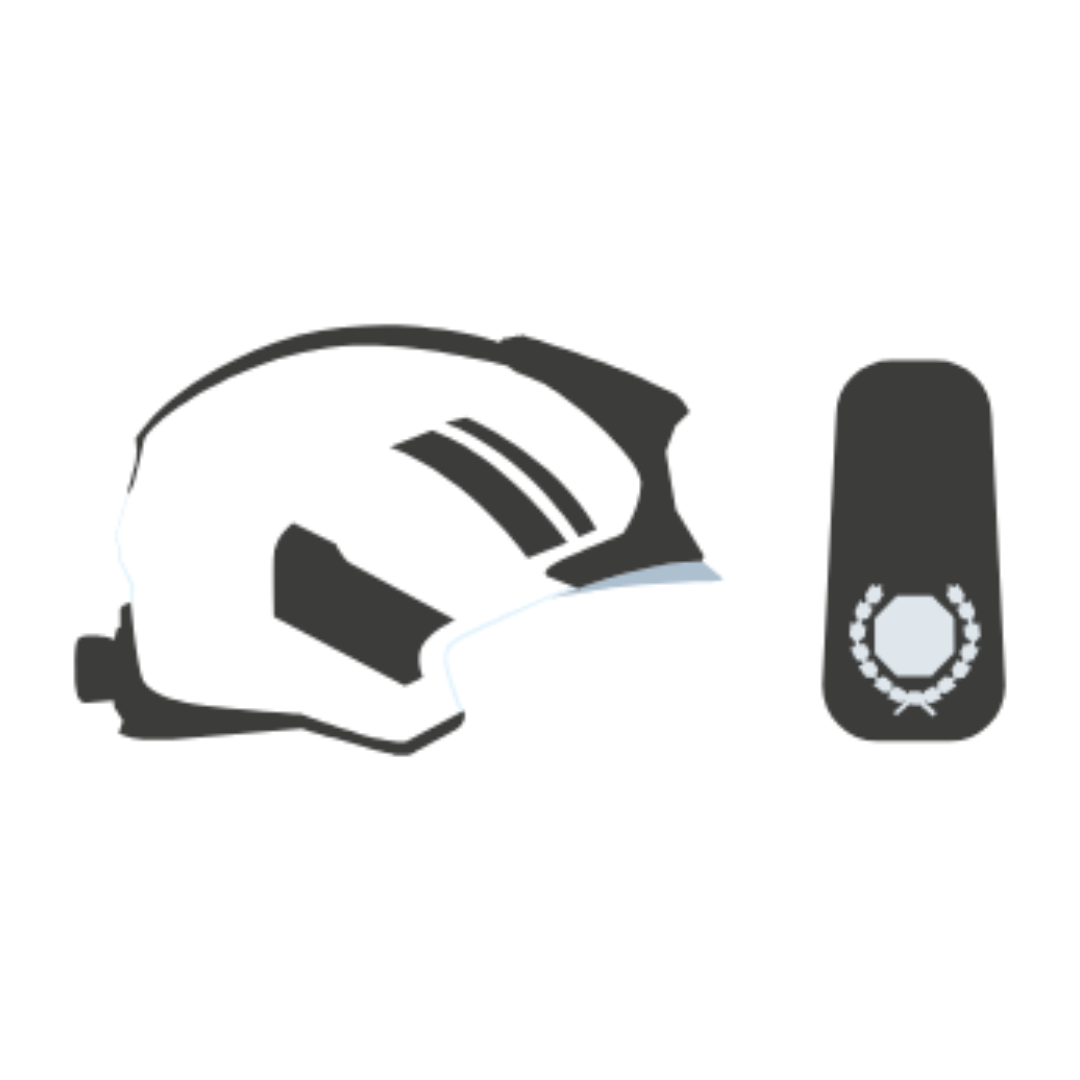
Group Manager
Group Managers are responsible for the Service across a geographical area. They wear a white helmet with one narrow bar and one broad bar. They have one impeller and a wreath on their epaulettes.
Other duties include:
- day-to-day work in a specific policy area
- taking charge of major incidents
- specialist roles, such as fire investigation at an incident.
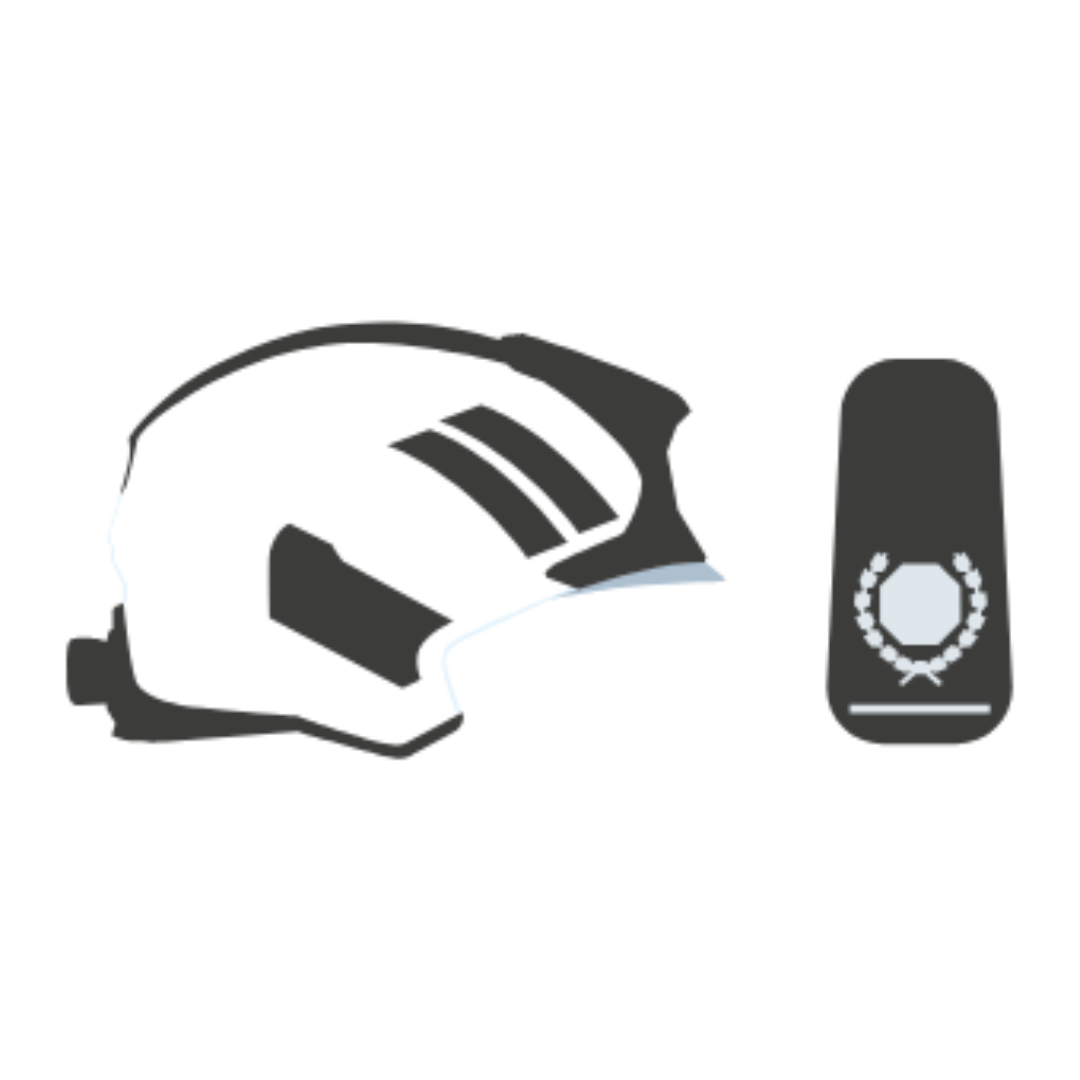
Area Manager
Area Managers are responsible for the strategic management of our operations or policy. They wear a white helmet with two broad bars. They have one impeller, a wreath, and a bar on their epaulettes.
Other duties include:
- taking charge of a major incident
- specialist roles at an incident.
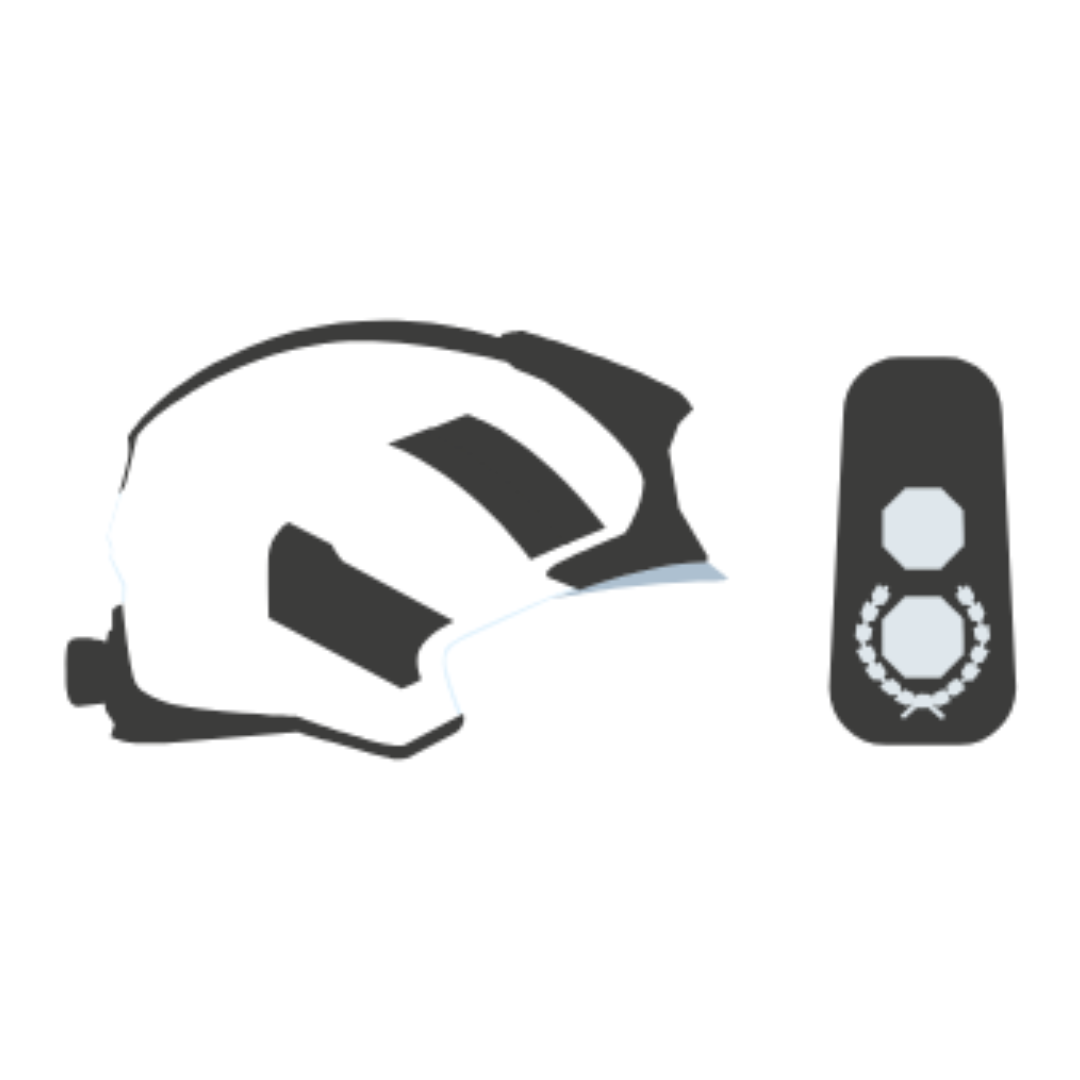
Assistant Chief Fire Officer
Assistant Chief Fire Officers are strategically responsible for a directorate such as Service Improvement. They can also take command at a major incident. They wear a white helmet with a very broad bar and have two impellers and one wreath on their epaulettes.
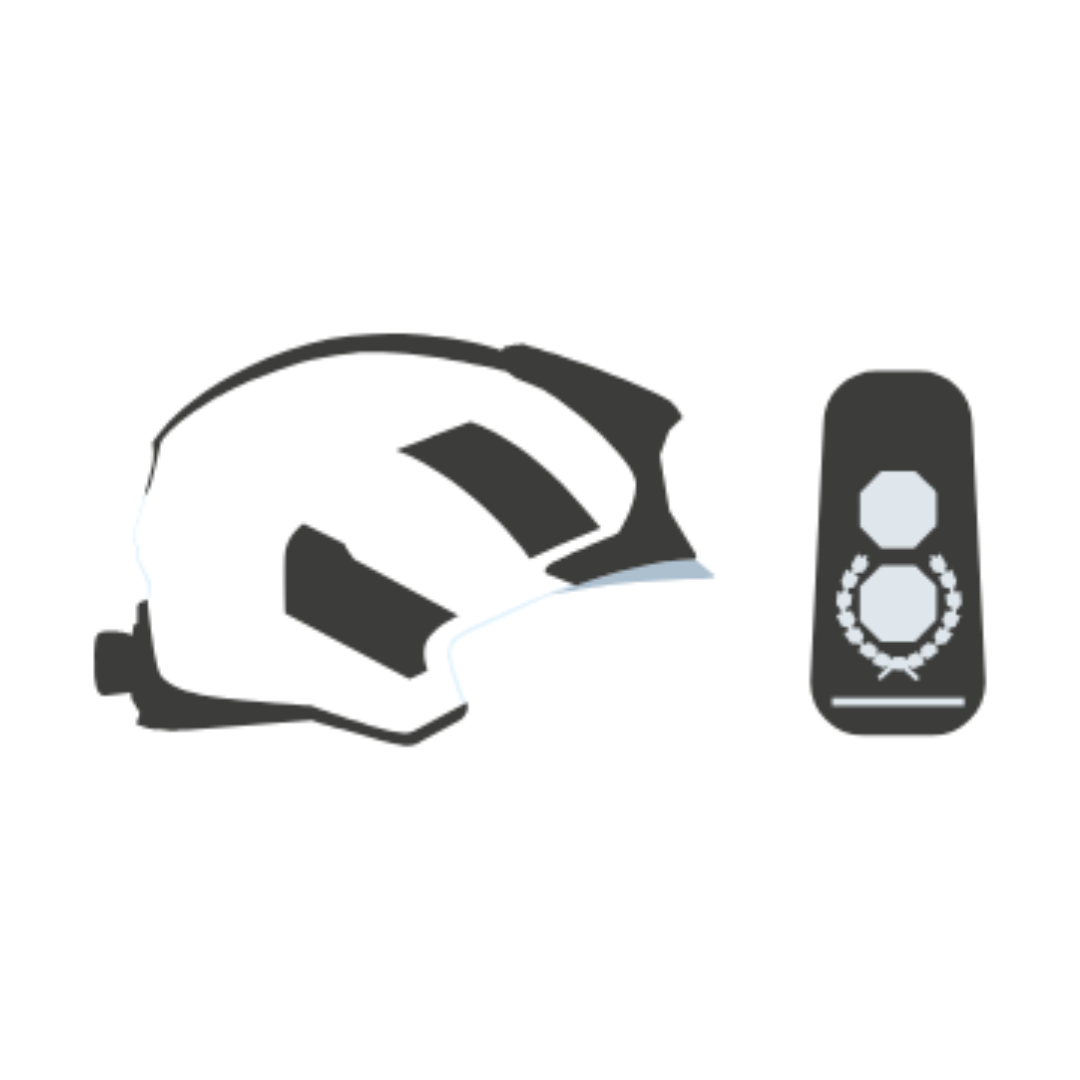
Deputy Chief Fire Officer
Deputy Chief Fire Officers are strategically responsible for the operational functions of the Service and can deputise for the Chief Fire Officer. They also take charge at a major incident. They wear a white helmet with a broad bar and they have two impellers, a wreath, and a bar on their epaulettes.
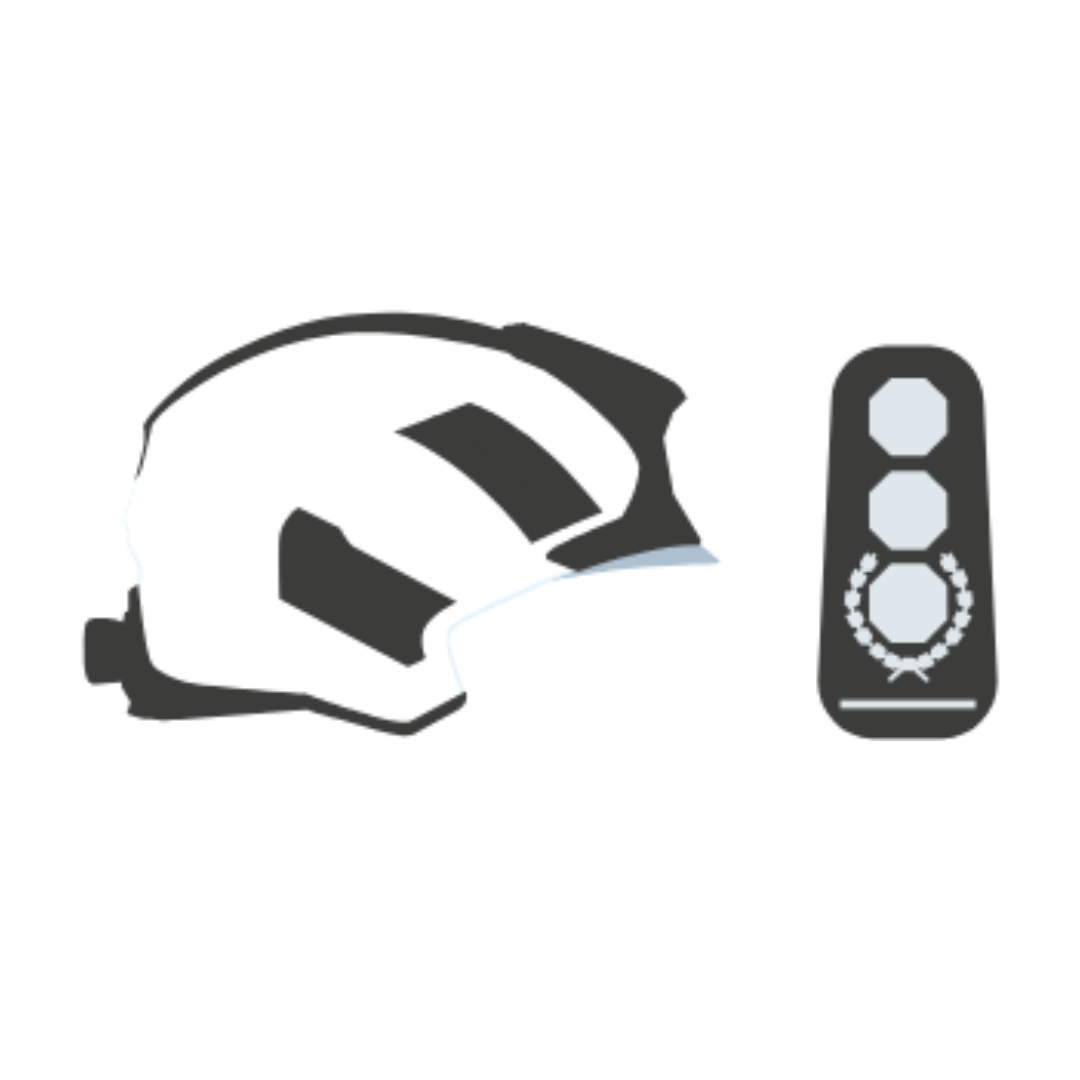
Chief Fire Officer/Chief Executive
The Chief Fire Officer (CFO) is the head of the Service and is responsible for ensuring effective delivery of all our duties. They can take charge at major incidents. The Chief Fire Officer has a white helmet with a broad bar and has three impellers, and one wreath on their epaulettes.
